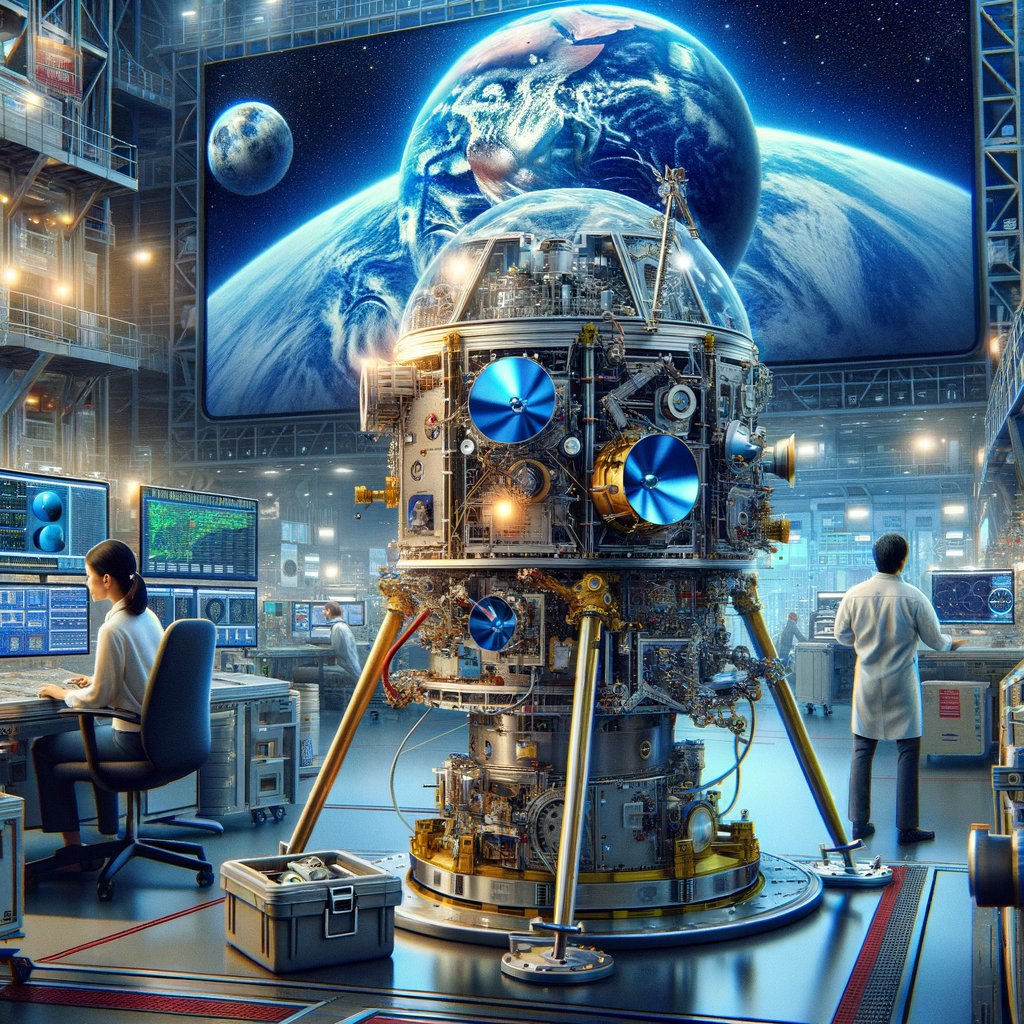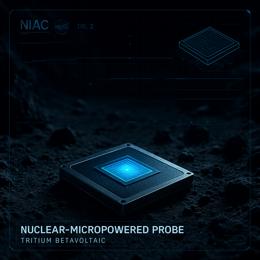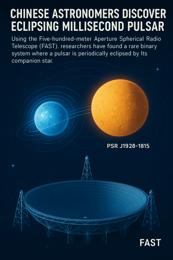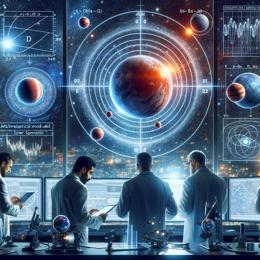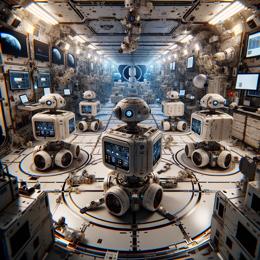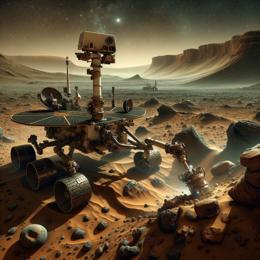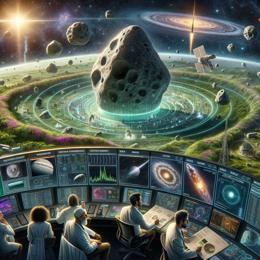Image created by AI
NASA's LEXI Mission to Illuminate Earth's Magnetic Mysteries from the Moon
In an ambitious leap towards understanding Earth’s cosmic shield, NASA’s Lunar Environment Heliospheric X-ray Imager (LEXI) is set to journey to the Moon under the Artemis program’s latest initiative. Designed to provide a never-before-seen global view of the magnetosphere—the magnetic field protecting our planet from solar radiation—LEXI represents a significant stride in space weather research.
This groundbreaking instrument is slated for a mid-January departure from Kennedy Space Center in Florida, aboard Firefly Aerospace’s Blue Ghost Lander, as part of NASA’s Commercial Lunar Payload Services (CLPS). Over the course of six days, LEXI will capture the dynamic interactions at the edge of Earth’s magnetosphere, where the solar wind collides, creating low-energy X-rays detectable from the lunar vantage point.
Brian Walsh, a space physicist at Boston University and LEXI’s principal investigator, stressed the instrument’s capacity to make high-level physics accessible and visual. “This will be science that you can see,” he remarked, highlighting the educational and scientific benefits slated to emerge from this mission. The magnetosphere's response to varying solar wind strengths—expanding and contracting like a celestial lung—is among the phenomena LEXI will document with unprecedented clarity.
Hyunju Connor, an astrophysicist at NASA’s Goddard Space Flight Center and the NASA lead for LEXI, expressed enthusiasm about observing these processes in real-time. “We expect to see the magnetosphere breathing out and breathing in, for the first time,” she said. Beyond stunning auroras, these solar interactions have critical implications for satellite safety and Earth’s power infrastructures.
Originally built and launched as STORM in 2012 for a brief sounding rocket mission, the revived LEXI instrument has been refurbished for its lunar assignment. This initiative not only leverages existing technology but also underscores NASA’s strategy to maximize resources and expand lunar scientific endeavors through commercial partnerships.
With LEXI, researchers anticipate uncovering new details about magnetic reconnection events—crucial for understanding energy release and particle acceleration in space. Such insights could advance our knowledge of space weather events that can disrupt modern technological systems, thereby enhancing preparedness and resilience.
The LEXI mission embodies NASA’s broader goals under the CLPS initiative, which aims to foster industry growth and sustain long-term lunar exploration by leveraging commercial delivery services to the Moon. NASA Goddard's leadership in science collaboration, coupled with Marshall Space Flight Center’s payload management, highlights an integrated approach to expanding lunar research and discovery.
As LEXI prepares for its lunar trek, the scientific community and observers alike anticipate a new era in space weather research—a key step in safeguarding our technological infrastructure and deepening our cosmic knowledge.
